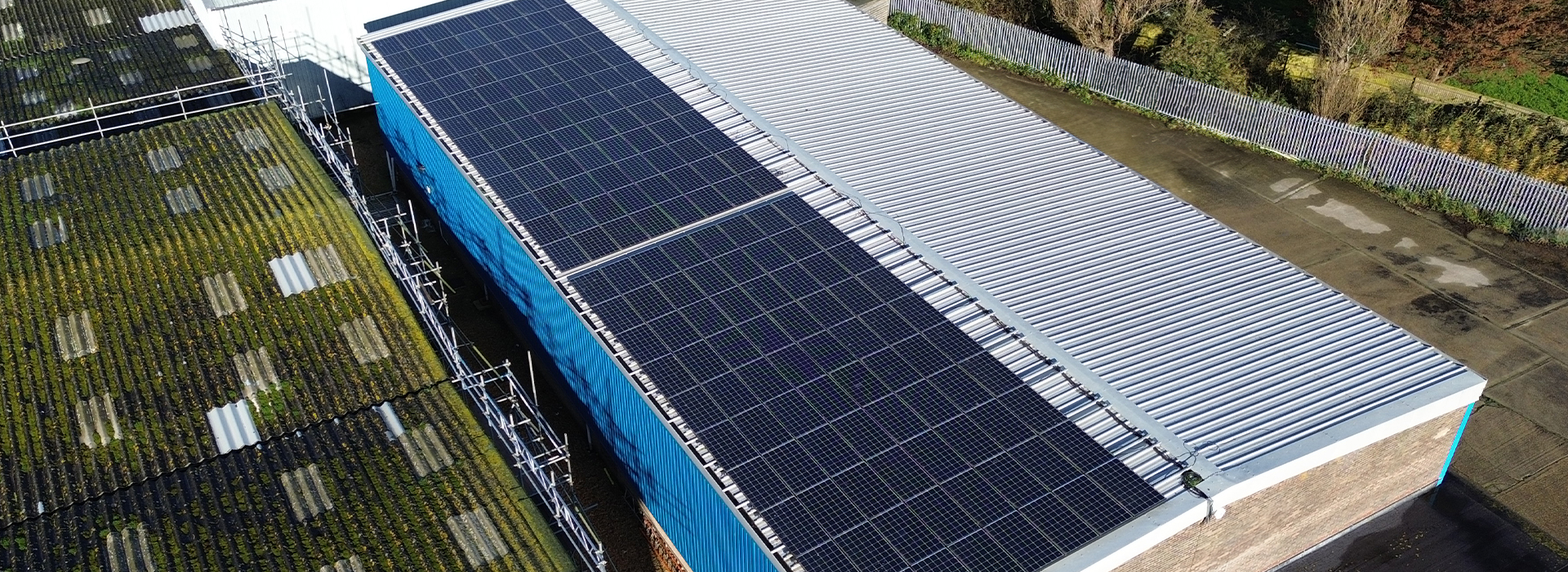How Often Should Working at Height Equipment be Inspected in the UK
Introduction
Working at height is a common practice across various industries in the UK, from construction to maintenance. However, it poses significant risks to workers if proper safety measures are not in place. One crucial aspect of ensuring safety is the regular inspection of working at height equipment. In this article, we’ll delve into the importance of inspections and discuss how often they should be conducted in the UK.
Understanding Working at Height Equipment
Working at height equipment encompasses a wide range of tools and devices used to perform tasks at elevated positions. This includes ladders, scaffolding, harnesses, and cherry pickers, among others. Each type of equipment serves a specific purpose and requires careful inspection to maintain its safety and functionality.
Legal Requirements in the UK
In the UK, the Health and Safety at Work Act 1974 and the Work at Height Regulations 2005 set out clear guidelines for employers regarding the safety of their workers. These regulations stipulate that all working at height equipment must be inspected regularly to ensure it remains safe for use.
Frequency of Inspections
The frequency of inspections depends on various factors, including the type of equipment, its usage, and the environment in which it’s used. However, as a general rule of thumb, working at height equipment should undergo inspection at regular intervals, typically every 6 to 12 months.
Different Types of Inspections
There are different levels of inspections that working at height equipment must undergo. These include pre-use checks conducted by the user before each use, formal inspections carried out by trained personnel at regular intervals, and thorough examinations performed by competent inspectors annually or biannually.
Responsibilities of Employers and Employees
Employers have a legal obligation to ensure that all working at height equipment is maintained in a safe condition and is inspected regularly. Employees, on the other hand, are responsible for conducting pre-use checks and reporting any defects or issues promptly.
Importance of Regular Inspections
Regular inspections are crucial for ensuring the safety of workers who use working at height equipment. By identifying and addressing potential hazards early on, inspections help prevent accidents and injuries in the workplace.
Consequences of Neglecting Inspections
Neglecting inspections can have serious consequences, both legally and in terms of worker safety. Employers who fail to comply with inspection regulations may face hefty fines and legal action. Moreover, workers are at risk of injury or even death if they use faulty or damaged equipment.
Best Practices for Inspection Procedures
To ensure effective inspection procedures, employers should provide adequate training to their employees and ensure they are competent to carry out inspections. Additionally, thorough documentation of inspection findings is essential for record-keeping and accountability.
Tips for Effective Maintenance
In addition to inspections, regular maintenance is key to prolonging the lifespan of working at height equipment. This includes routine cleaning, proper storage, and timely repair or replacement of worn-out parts.
Challenges and Solutions
While ensuring compliance with inspection regulations can be challenging, there are resources available to help businesses, particularly small enterprises, meet their obligations. This includes guidance from regulatory bodies and industry associations.
Technology in Inspection Processes
Advancements in technology have led to innovations in inspection tools and processes. Digital solutions, such as mobile apps and cloud-based platforms, make it easier to conduct inspections, record findings, and track maintenance schedules.
Case Studies and Examples
Several organisations have successfully implemented robust inspection and maintenance programs, resulting in improved safety outcomes and reduced incidents. By studying these examples, other businesses can learn valuable lessons and apply best practices in their own operations.
Common Misconceptions
There are some common misconceptions surrounding working at height equipment inspections, such as prioritising frequency over thoroughness or underestimating the costs involved. It’s essential to debunk these myths and emphasise the importance of comprehensive inspection procedures.
Conclusion
In conclusion, regular inspection of working at height equipment is vital for ensuring the safety of workers and compliance with legal regulations in the UK. By following best practices, conducting thorough inspections, and embracing technological advancements, businesses can create safer working environments and reduce the risk of accidents.



